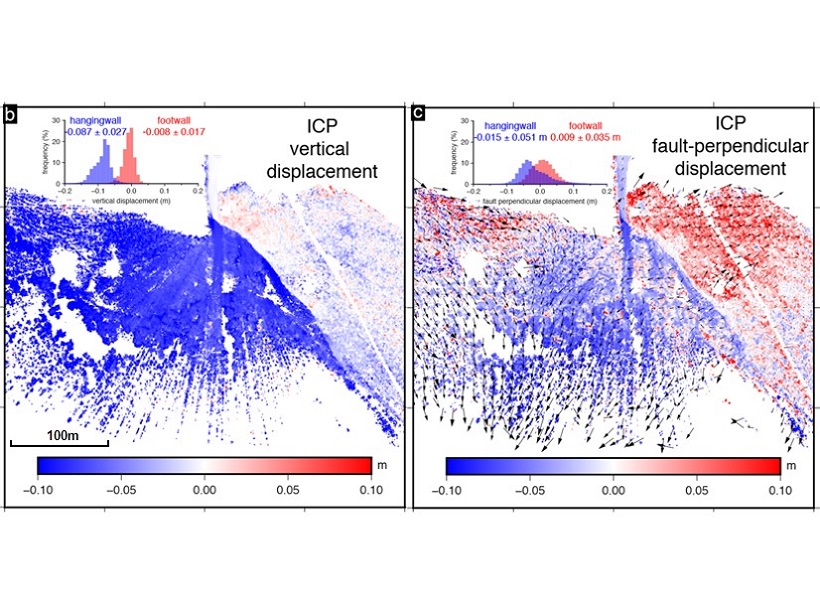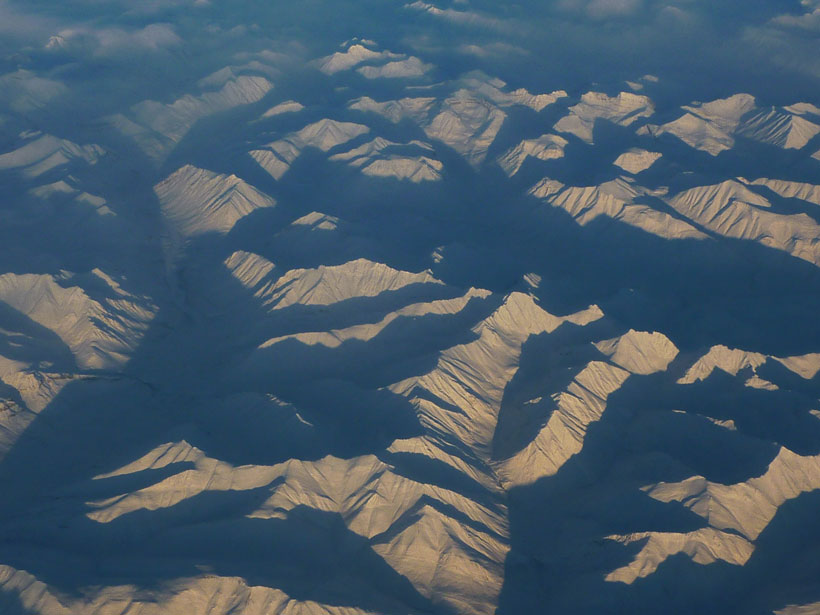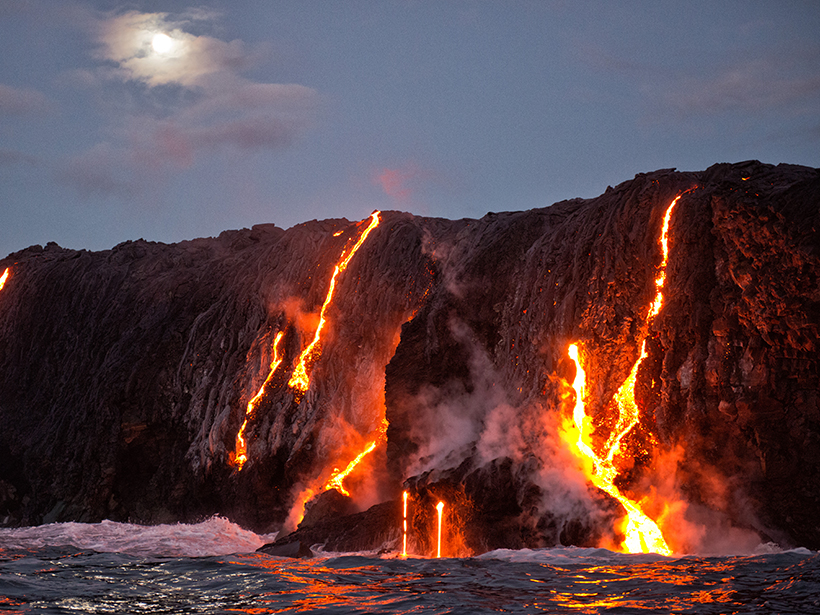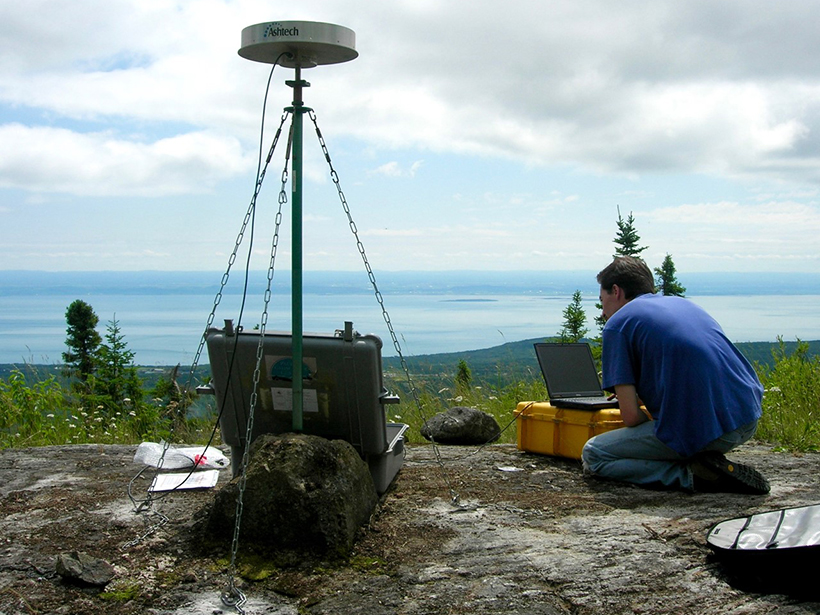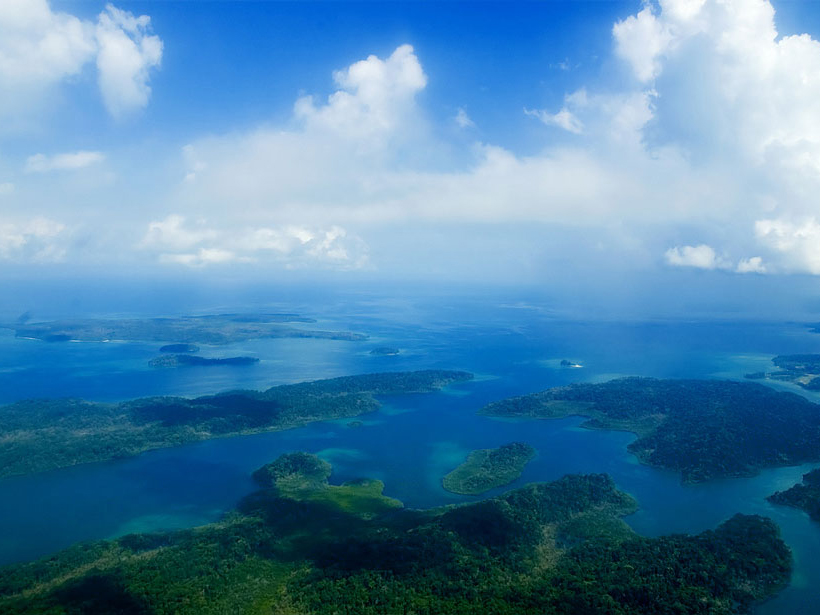The Center for Tectonics and Tomography: Workshop on Flat Slab Subduction; Houston, Texas, 18–20 January 2019
plate tectonics
Imaging an Earthquake Rupture in High Definition
New field measurements using terrestrial laser scanning provide a detailed, centimeter-scale image of surface deformation patterns caused by the Magnitude 6.6 earthquake in Norcia, Italy.
Resolving a Cordilleran Conundrum
A novel geophysical technique documents the existence of a “missing” fault, along which major displacement could have occurred during the Cretaceous on North America’s northwest margin.
Project VoiLA: Volatile Recycling in the Lesser Antilles
Deep water cycle studies have largely focused on subduction of lithosphere formed at fast spreading ridges. However, oceanic plates are more likely to become hydrated as spreading rate decreases.
Magnetic Anomalies on the Pacific Plate Reveal True Polar Wander
A new study rebuffs the standard approach to paleomagnetism and offers an updated methodology and new locations of paleomagnetic poles.
Podcast: Rifts Beneath the Ocean Floor
In the latest episode of its Centennial series, AGU’s Third Pod from the Sun features the pioneering work of a deep-sea explorer.
Ancient Faults Amplify Intraplate Earthquakes
A comparison of deformation rates from Canada’s Saint Lawrence Valley offers compelling evidence that strain in the region is concentrated along ancient structures from previous tectonic cycles.
In Search of Life Under the Seafloor
A multinational research team drilled into the seafloor to see whether chemical processes in exposed shallow mantle rocks could generate nutrients to support life in the subsurface.
Regional Metamorphism Occurs Before Continents Collide
Evidence from collision zones suggests that the high temperatures that create regional zones of metamorphic minerals occur in wide, hot back arcs prior to continental collision deformation.
Investigating the Northern Indian Ocean’s Puzzling Geodynamics
International Ocean Discovery Program (IODP) Proposal Nurturing Workshop on Indian Ocean; Goa, India, 17–18 September 2018


